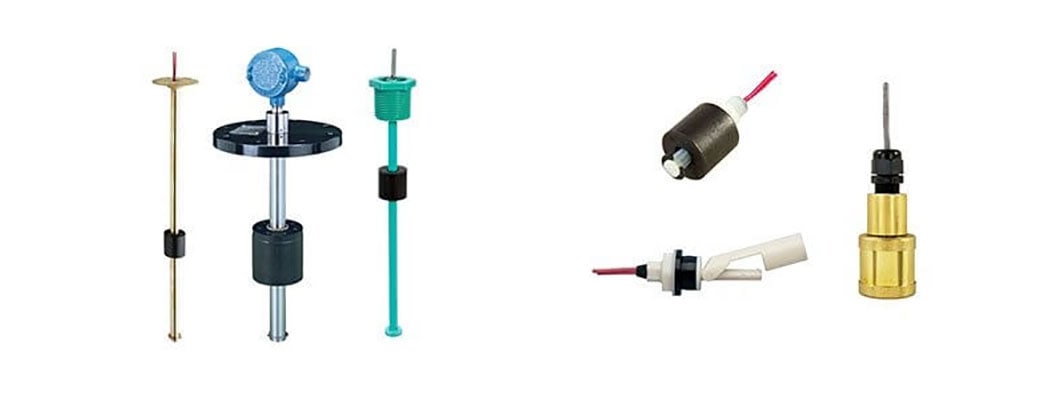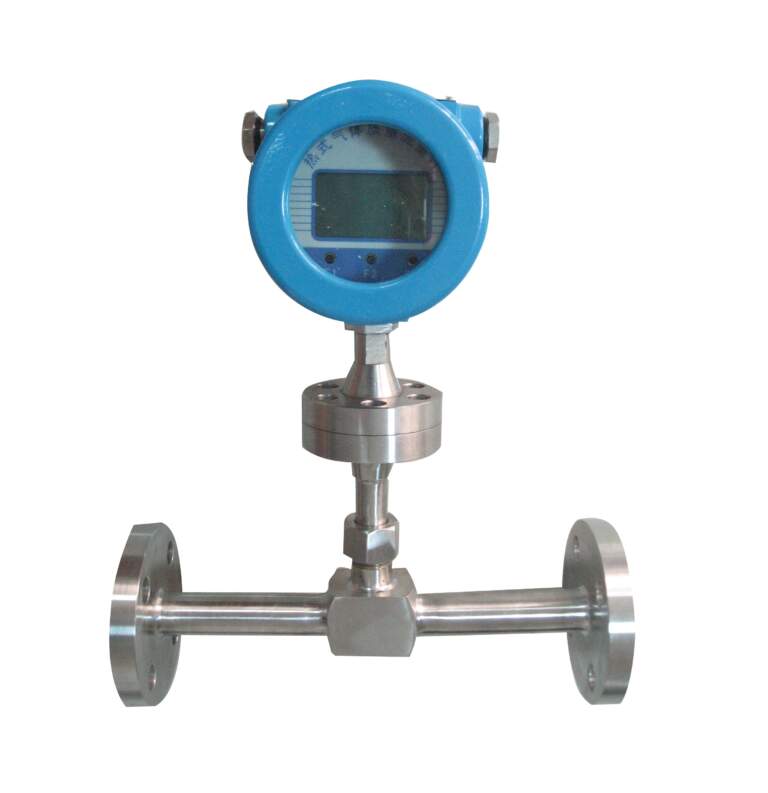In the realm of level measurement devices, ultrasonic level sensors stand out as innovative solutions that have transformed the way industries monitor liquid levels. These non-contact sensors utilize ultrasonic technology, offering precision and efficiency in applications ranging from monitoring diesel tank levels in industrial settings to ensuring optimal water levels in domestic tanks. This article delves into the workings, applications, advantages, and future trends of ultrasonic level sensors, highlighting their free calibration feature and real-world case studies.
How Ultrasonic Level Sensors Work
Ultrasonic level sensor operate on the principle of ultrasonic waves. These sensors emit ultrasonic pulses that travel towards the target surface, and the reflected waves are then received by the sensor. By calculating the time taken for the waves to travel to the target and back, the sensor determines the distance and, consequently, the level of the substance being measured. This non-contact approach provides a significant advantage over traditional measurement methods, as it eliminates the need for direct contact with the substance.
Applications of Ultrasonic Level Sensors
Diesel Tank Level Sensing:
In industrial settings, monitoring diesel tank levels is crucial for operational efficiency. Ultrasonic level sensors play a vital role in accurately measuring fuel levels without direct contact, ensuring a constant and reliable fuel supply. This application helps prevent unexpected downtimes and optimizes fuel consumption, contributing to cost savings.
Water Tank Level Sensing:
Domestically and across various industries, maintaining appropriate water levels is essential. Ultrasonic level sensors offer a precise and reliable solution for monitoring water levels in tanks. This proves particularly beneficial in preventing overflows, shortages, and ensuring a consistent water supply for various purposes.
Advantages of Ultrasonic Level Sensors
The non-contact nature of ultrasonic level sensors provides several advantages over traditional measurement technologies. The high accuracy and reliability of these sensors make them ideal for applications where precision is critical. Their versatility allows for deployment in diverse environments, from industrial plants to agricultural settings, and their cost-effectiveness leads to long-term savings in terms of maintenance and operational efficiency. When compared to other level sensing technologies, ultrasonic sensors often emerge as the preferred choice.
Free Calibration Feature
One standout feature of ultrasonic level sensors is their free calibration. Calibration is a crucial aspect of sensor performance, ensuring accurate and consistent measurements over time. The free calibration feature not only adds value to the product but also simplifies the user experience. Users can benefit from optimal sensor performance without incurring additional costs, contributing to the overall cost-effectiveness of adopting ultrasonic level sensors.
Factors Influencing Ultrasonic Level Sensor Performance
While ultrasonic level sensors offer high performance, several factors can influence their effectiveness. Environmental conditions, material compatibility, proper installation, and regular maintenance all play pivotal roles in ensuring optimal sensor performance. Understanding and addressing these factors contribute to the longevity and reliability of ultrasonic level sensors in various applications.
Common Challenges and Solutions
Despite their many advantages, ultrasonic level sensors may encounter challenges such as interference and environmental obstacles. Interference from other electronic devices or reflective surfaces can impact sensor accuracy. However, manufacturers provide solutions and guidelines to address these issues, ensuring users can overcome common challenges and maximize the performance of their ultrasonic level sensors.
Industry-Specific Use Cases
Ultrasonic level sensors find applications across diverse industries. In the oil and gas sector, these sensors contribute to efficient fuel management, while water treatment plants rely on them for precise monitoring of water levels. Manufacturing facilities benefit from real-time monitoring of raw material levels, and in agriculture, ultrasonic sensors play a role in optimizing irrigation systems. These industry-specific use cases underscore the versatility and adaptability of ultrasonic level sensors.
Future Trends in Ultrasonic Level Sensing Technology
Looking ahead, the future of ultrasonic level sensing technology holds exciting possibilities. Ongoing innovations and advancements in sensor design and functionality are expected. Integration with the Internet of Things (IoT) and Industry 4.0 is likely to enhance the capabilities of ultrasonic level sensors, opening up new applications and opportunities for industries to further optimize their processes.
Case Studies
Real-world case studies provide tangible evidence of the impact of ultrasonic level sensors. In various scenarios, businesses have experienced positive outcomes and improvements in efficiency and cost-effectiveness after implementing these sensors. Customer testimonials and feedback highlight the reliability and effectiveness of ultrasonic level sensors in diverse applications.
Conclusion
In conclusion, ultrasonic level sensors have revolutionized non-contact level measurement, offering precision, versatility, and cost-effectiveness. Their applications in monitoring diesel tank and water tank levels showcase their importance in industrial and domestic settings. The free calibration feature enhances their value, while addressing factors influencing sensor performance ensures optimal functionality. As industries continue to adopt and adapt to ultrasonic level sensing technology, the future holds exciting possibilities for innovation and enhanced sensor capabilities, contributing to increased efficiency across various sectors. Real-world case studies affirm the positive impact of ultrasonic level sensors, making them a reliable and preferred choice for modern level measurement needs.



